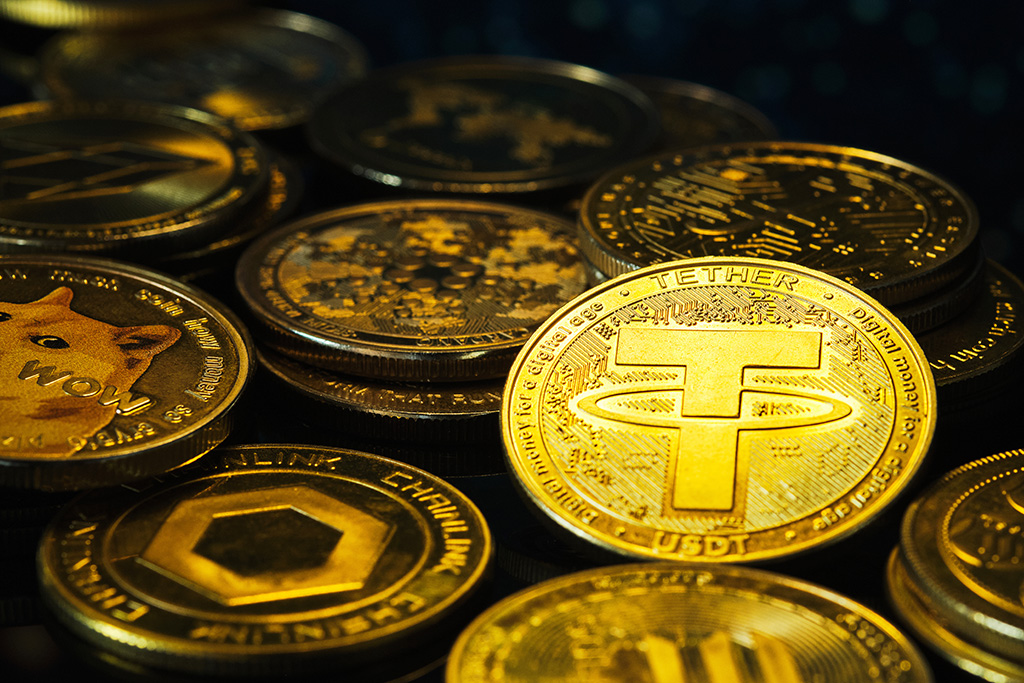In the global offshore finance arena, few forces have risen as fast—or as quietly—as Tether, the company behind USDT, the world’s most widely used stablecoin. For years Tether has operated under the radar of traditional finance, dismissed by major institutions as a niche crypto utility. But with the company now controlling over $180 billion in reserves, earning bank-level profits, and expanding aggressively into physical gold, Tether is no longer a sideshow. It has become one of the most important financial entities operating outside the traditional banking system.
And its latest moves are shaking the gold market to its core.
A $180 Billion Offshore Balance Sheet — And Soaring Profits
Tether’s reserve portfolio—dominated by U.S. Treasuries along with other high-quality liquid assets—has grown into a behemoth virtually overnight. With interest rates elevated globally, those reserves have transformed into a profit engine:
- $13 billion in profits last year
- An estimated $15 billion in profits this year
Bloomberg notes that these numbers rival Wall Street’s largest banks, yet Tether operates with a fraction of their workforce and overhead. This is pure offshore efficiency: a lean digital issuer earning windfall profits on collateral parked in the safest, most liquid assets on Earth.
And Tether is not merely stacking Treasuries. It is now building a parallel financial empire—one backed by gold.
Tether Gold (XAUT): Tokenizing Real Metal at Scale
While many banks talk about tokenization, Tether is actually doing it. The company issues Tether Gold (XAUT), a gold-backed stablecoin reportedly supported by:
- 1,300+ physical gold bars
- Roughly $2 billion worth of bullion
- Held securely in Switzerland
This is not theoretical tokenization. This is real metal, real custody, and real weekly accumulation.
But the bigger story is the pace of accumulation.
Buying Nearly One Metric Ton of Gold Per Week
Through September, Tether has been adding around one metric ton of physical gold per week—a level of accumulation that puts it in the same conversation as:
- Major sovereign wealth funds
- Large private vaulting conglomerates
- Mid-tier central banks
As global gold demand surges—driven by geopolitical risk, de-dollarization pressures, and the largest central bank buying cycle in modern history—Tether has emerged as one of the most influential new entrants in the bullion market.
This is not coincidence. It is strategy.
Tether’s Talent Raid on HSBC: Tokenized Gold Goes Competitive
HSBC has long dominated the world of paper gold, custody, and the London precious metals ecosystem. Yet as tokenization becomes the future of global settlement, the old guard is under pressure.
Tether has reportedly recruited top gold-market talent from HSBC, the very bank that built much of the institutional gold-clearing infrastructure.
This move positions Tether to:
- Compete head-on in the tokenized gold market
- Expand XAUT into a major settlement instrument
- Disrupt HSBC’s long-term strategy to own the tokenized bullion rails
- Build a crypto-native, offshore gold reserve system independent of the LBMA
In essence, Tether is constructing a parallel international bullion banking system, backed by real physical metal, outside the control of the legacy financial architecture.
This is one of the most underreported developments in global markets.
Why This Matters for Offshore Investors
Tether is not merely a stablecoin issuer. It is becoming:
- A non-sovereign central bank of the digital world
- A major offshore holder of U.S. government debt
- A top-tier accumulator of physical gold
- A serious competitor in tokenized assets
- A shadow liquidity provider to emerging markets and crypto markets alike
This has profound implications:
1. Tokenized Gold Is Becoming a New Reserve Asset Class
XAUT is now one of the most successful gold-backed tokens in existence, with a real claim on allocated gold.
2. Offshore capital is choosing private issuers over banks
Tether’s rise signals a shift: global liquidity is migrating from traditional banks to digital issuers with superior yield and flexibility.
3. Gold accumulation at this scale affects global price dynamics
One metric ton per week is enough to influence flows in an already tight physical gold market.
4. Tokenized commodities are the next frontier
Tether’s dominance in stablecoins gives it a launchpad into broader commodity tokenization—gold first, then potentially oil, copper, LNG, and rare metals.
Conclusion
Tether has quietly become one of the most powerful financial institutions in the world—offshore or otherwise. Its aggressive expansion into physical gold and tokenized bullion signals a new era where:
- Private digital issuers rival central banks
- Tokenized commodities challenge legacy banking
- Offshore finance becomes the center of global liquidity
And with Tether actively hiring from HSBC’s precious-metals ranks, the battle for the future of tokenized gold markets is just beginning.
Invest Offshore will continue monitoring this shift as private-sector gold reserves, tokenized metals, and offshore digital balance sheets reshape global finance.
As always, Invest Offshore has investment opportunities in West Africa seeking investors for the Copperbelt Region, including gold, copper, and critical-minerals projects positioned to benefit from this global monetary transformation.

Leave a Reply